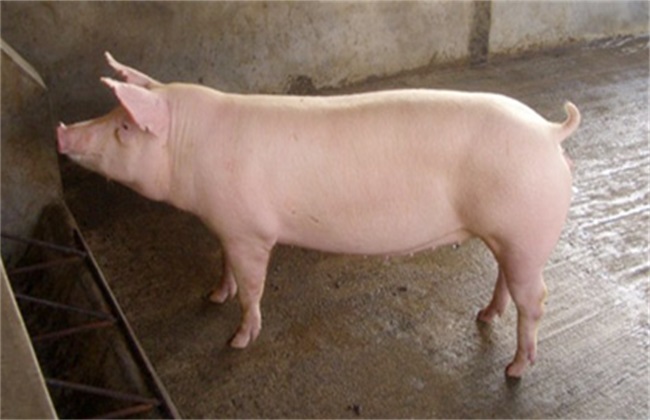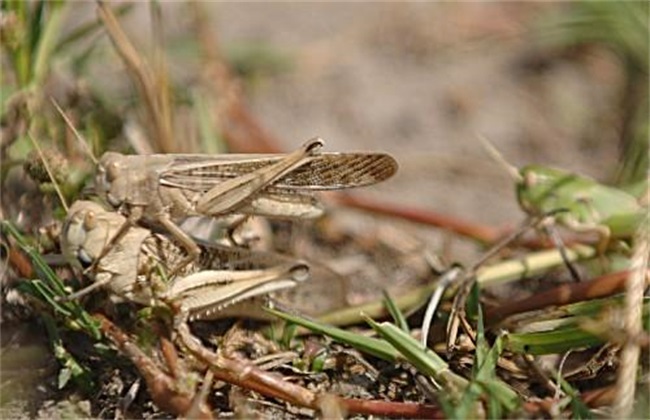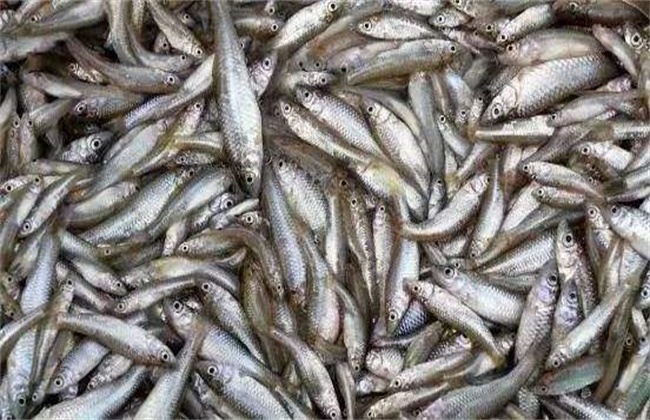Knowledge of pig management in retail investors
Retail investors refer to farmers who do not form a scale. Pigs raised are generally consumed by themselves, and a few will be sold locally. The breeding techniques of many retail investors are pondered by themselves, and there are many shortcomings, and some key places are wrong, resulting in their own breeding efficiency is poor for a long time, out of proportion to the formal farms, here is to understand some retail pig management knowledge!

1. Pigsty finishing
The first place to improve is the pigsty, retail investors choose pigsty is relatively random, generally are dilapidated old houses, in terms of hygiene is completely substandard, most retail pigsty can be said to be typical dirty, messy, poor. If you want a pig to be good, first set up a pigsty, which will at least affect the fattening effect of nearly 20%, that is to say, the fattening effect of others in 5 months is better than that in 6 months. Therefore, pigsty finishing is the first thing for retail investors to solve the problem, not to mention how clean, at least to achieve a certain degree of dry and wet.
2. Feed grading
For retail investors, pig fattening means eating what you have, and eating more will naturally grow faster. In fact, this idea is wrong, retail investors often find that pigs raised at the same time, others are obviously larger than their own, which is basically caused by unreasonable feed feeding. Piglets, piglets, big pigs feed things, the focus is different, otherwise you feed more, the absorption capacity of pigs is not as fast as other people's reasonable feeding, the natural beauty of others is good, this is the second management knowledge, according to the needs of ingredients.
3. Regular disease prevention
There are great hidden dangers in the safety of the feed fed by retail investors. When preparing pig food, some vegetables such as vegetables are chopped and cooked without careful selection, and some of the bad and rotten ones may also be eaten by pigs. Some will feed some fast-deteriorating pig food to pigs, which is especially common in summer, in which case the fattening effect of pigs becomes very low. In the face of such a situation, retail investors can only be relieved by regular disease prevention, and regularly feed some physical resistance drugs on a daily basis, so that pigs can withstand these possible problems.
4. Control the temperature and humidity
This is a problem that many farms ignore, and it is also a mistake that many retail investors make every day. A long period of humid and muggy pigsty will significantly increase the risk of various diseases in pigs, followed by an increase in the risk of some parasites. The temperature and humidity control here refers to the pig for fixed-point excretion training, only a few days will be mastered by the pig, followed by the pigsty will not be everywhere, the pigsty will be relatively dry, and then do a good ventilation can control the temperature and humidity.
The above is the knowledge of pig management for retail investors, and now pig farming can no longer be as it used to be, and the gap between traditional methods and scientific farming has become increasingly obvious. Retail investors need to make more efforts in this respect if they want to raise and improve their income.
Related
- On the eggshell is a badge full of pride. British Poultry Egg Market and Consumer observation
- British study: 72% of Britons are willing to buy native eggs raised by insects
- Guidelines for friendly egg production revised the increase of space in chicken sheds can not be forced to change feathers and lay eggs.
- Risk of delay in customs clearance Australia suspends lobster exports to China
- Pig semen-the Vector of virus Transmission (4)
- Pig semen-the Vector of virus Transmission (3)
- Five common causes of difficult control of classical swine fever in clinic and their countermeasures
- Foot-and-mouth disease is the most effective way to prevent it!
- PED is the number one killer of piglets and has to be guarded against in autumn and winter.
- What is "yellow fat pig"? Have you ever heard the pig collector talk about "yellow fat pig"?



